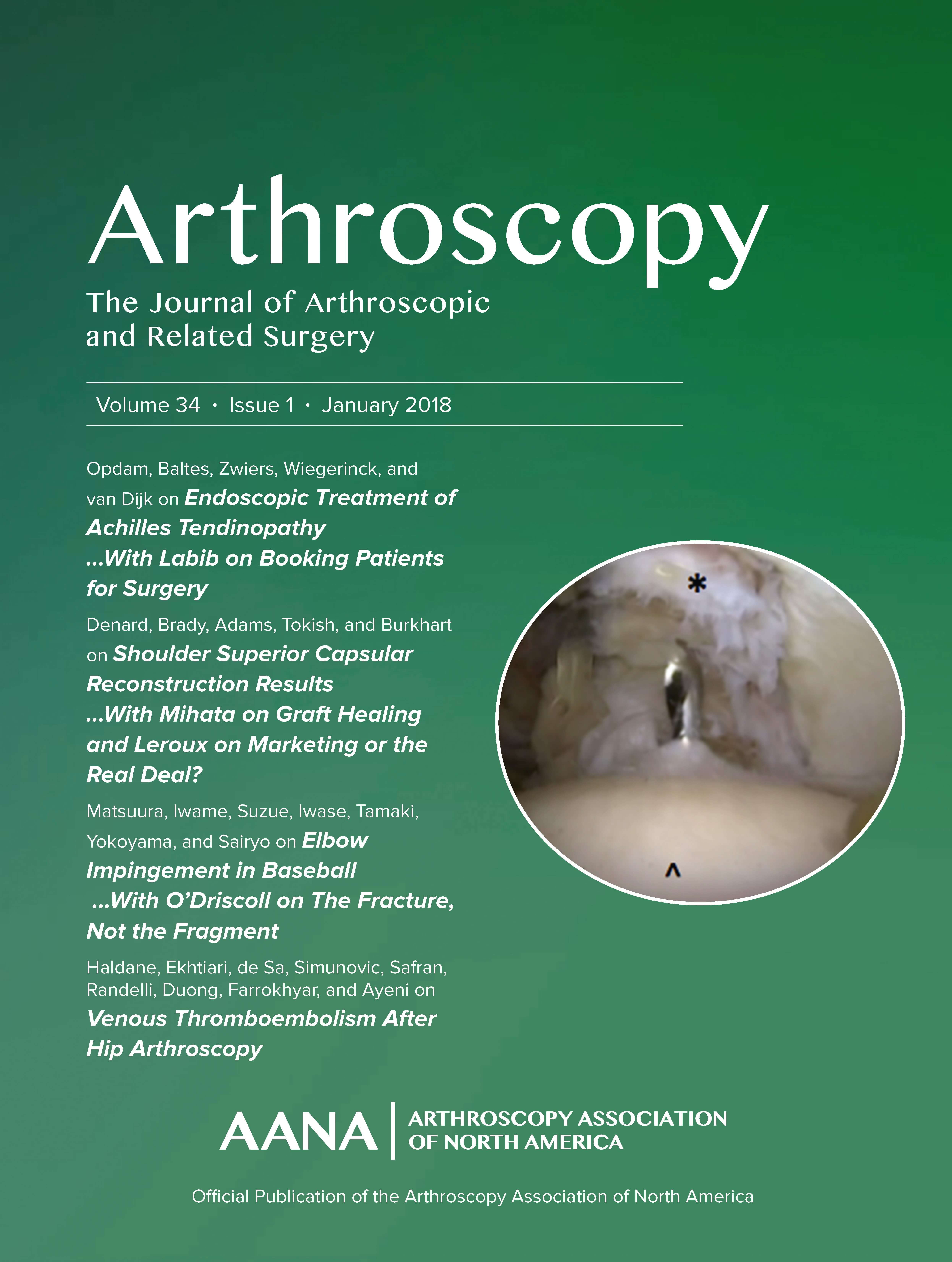
Improved clinical outcome of anteromedial vs. transtibial drilling in ACL reconstruction

Improved clinical outcome of anteromedial vs. transtibial drilling in ACL reconstruction
Outcome of Single-Bundle Hamstring Anterior Cruciate Ligament Reconstruction Using the Anteromedial Versus the Transtibial Technique: A Systematic Review and Meta-analysis
Arthroscopy. 2015 Sep;31(9):1784-94Synopsis
10 studies comparing anteromedial and transtibial drilling techniques for anterior cruciate ligament (ACL) reconstruction were included for analysis. All studies were qualitatively compared while only 6 studies were used for meta-analysis. The purpose of the study was to determine if the anteromedial technique resulted in improved clinical outcomes following ACL reconstruction when compared to the...
To view the full content, login to your account,
or start your 30-day FREE Trial today.
FREE TRIAL
LOGIN
Forgot Password?
Explore some of our unlocked ACE Reports below!

Learn about our AI Driven
High Impact Search Feature
Our AI driven High Impact metric calculates the impact an article will have by considering both the publishing journal and the content of the article itself. Built using the latest advances in natural language processing, OE High Impact predicts an article’s future number of citations better than impact factor alone.
Continue



 LOGIN
LOGIN

Join the Conversation
Please Login or Join to leave comments.